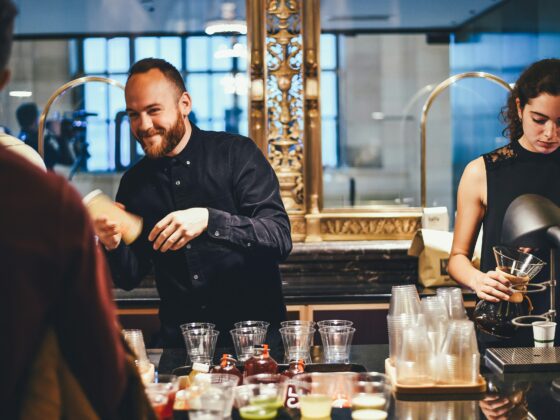Tea in luxury hotels feels special. It is an experience, crafted with the same precision as fine dining or wine service. Every detail, from leaf grade to water chemistry, is calculated to deliver clarity, balance, and depth. At home, most people settle for dusty bags and guesswork, missing what makes tea truly exceptional. The good news is, you don’t need a hotel to enjoy hotel-quality tea.
This guide shows you what to look for and how to brew it right, so every cup at home feels five-star.
Hotel-Level Tea, At Home: A Dense Guide That Saves Time
Imagine this: you walk into a five-star hotel lobby, marble floors underfoot, soft piano in the background, and someone hands you a porcelain cup of tea that seems to glow as much as the chandelier above.
You take a sip and – suddenly – it’s silk, spice, and story in one mouthful.
Now contrast that with rummaging through the supermarket aisle and tossing a cardboard box of dust-filled bags into your basket.
Feels like comparing a first edition printed by Faber & Faber to a free leaflet, doesn’t it?
The good news: bringing the “hotel standard” into your own kitchen isn’t sorcery. It’s precision, detail, and knowing what to look for.
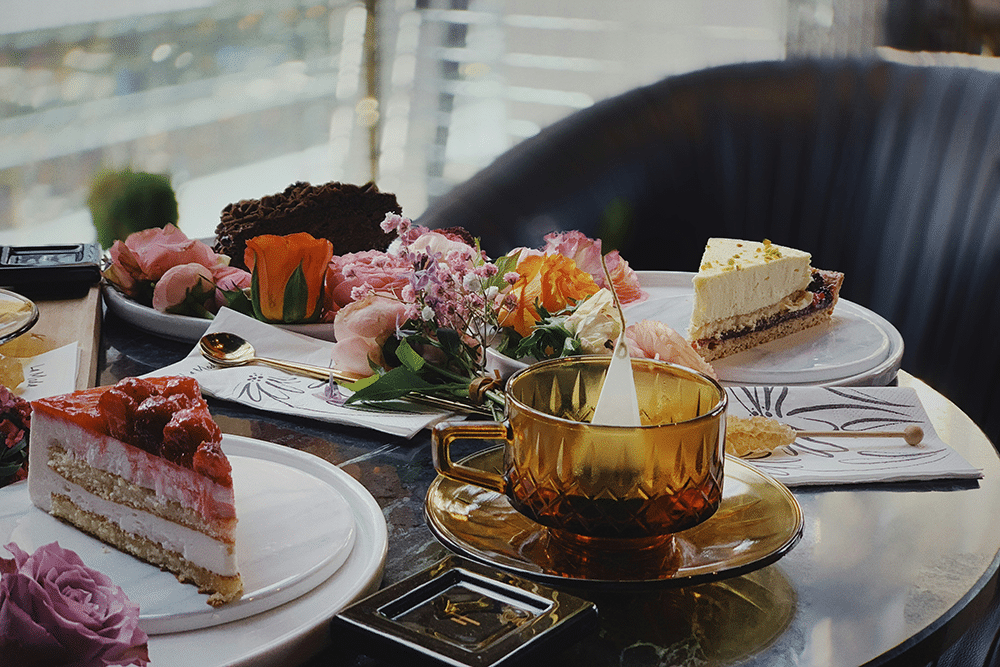
7 Steps to Bring Luxury Hotel Tea Into Your Kitchen
Follow these seven simple steps to choose, brew, and serve tea with the same elegance and taste found in luxury hotels.
1. Choose Like a Head Concierge: What Separates Five-Star Tea From Shelf Filler
Pause for a second-when’s the last time you really looked at the leaves before brewing? If it all looks like shredded mulch, that’s your first red flag.
Non-negotiables luxury programs insist on:
- Whole, unbroken leaves with consistent size (source); dust or fannings brew fast but taste flat. Think of them as paperback reprints compared to finely bound folios – the words are there, but the magic isn’t. Intact “two leaves and a bud” plucks tell you someone cared.
- Transparent origin down to garden or cooperative, not vague “Asian green.” Reputable sellers list country → region → estate → lot plus picking date or season. Some now even use QR codes linking to videos of the pluckers themselves – like opening a Penguin Classics with the editor’s foreword.
- Recent harvest date or season marker (e.g., First Flush 2025) plus packed-on date. Would you buy milk without a date stamp? The same rule applies here.
- Oxygen-barrier packaging (foil laminate or tin with food-grade liner). Nitrogen flushing and low OTR (<1 cc />
- Water spec fit: blends tuned for moderate mineral content show clearer flavor. Translation? Distilled water makes your Darjeeling taste like a deflated sonnet; medium-hard water lets it sing.
- Tell-tale sensory check (dry leaf): a clear cultivar aroma – orchid, chestnut, cocoa – never stale cardboard or synthetic perfume. Rub the leaf: does it spring back or crumble? If Shakespeare had written a test for freshness, this would’ve been it.
Pro Moves
- Spread a teaspoon on white paper; count stems and dust. More than three stems? Consider it a rejected draft.
- Uniform color = consistent handling. Blotchy browns mean poor storage.
- Tap dry leaves in a porcelain cup. A lively rustle means dry enough; a dull thud is a bad first act.
Who Do We Recommend?
Rare Tea Company – their reputation goes without saying for loose-leaf tea. Fair to growers and respectful of the planet, alongside providing really authentic and beautifully aromatic tea, that also looks great when stored in open view at your venue.
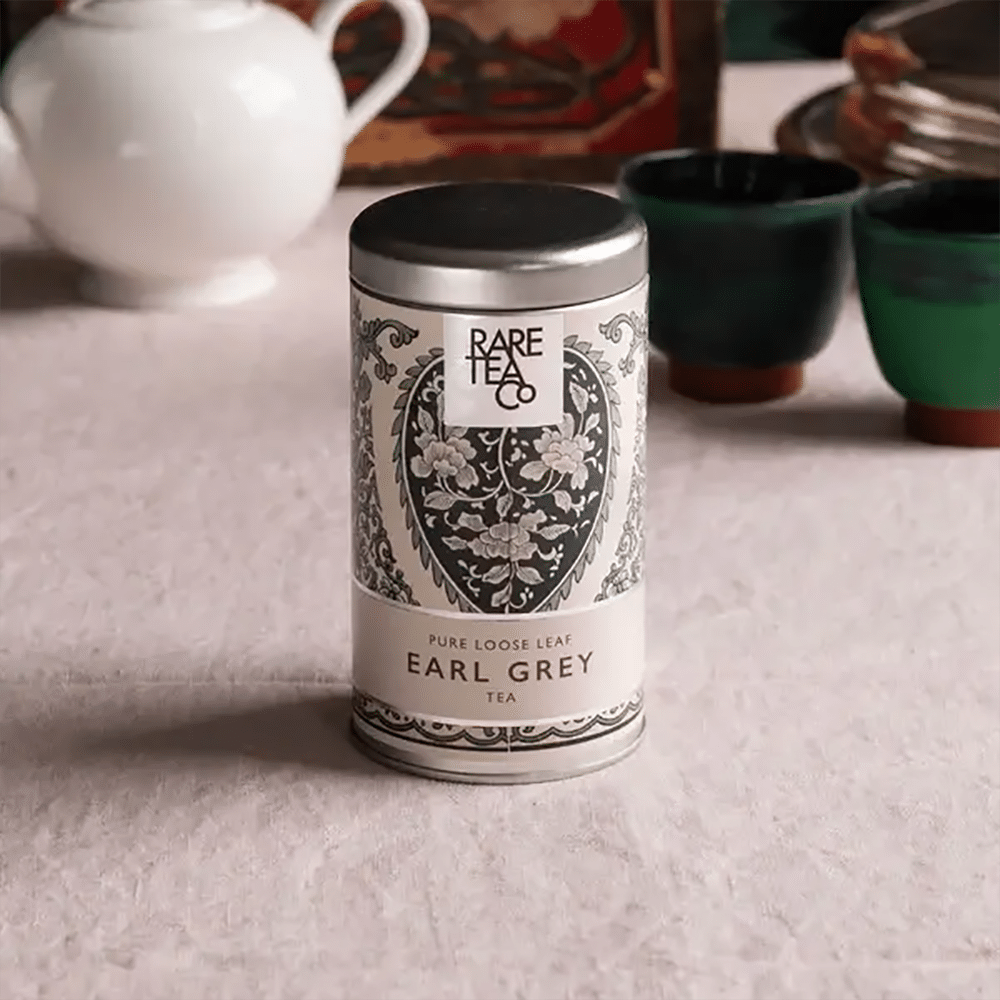
Section Takeaway: Quality shows before water touches leaves. When packaging, aroma, and physical checks pass this quick audit, lean into origin next.
2. Decode Grade Without Guesswork: What Those Letters Actually Do
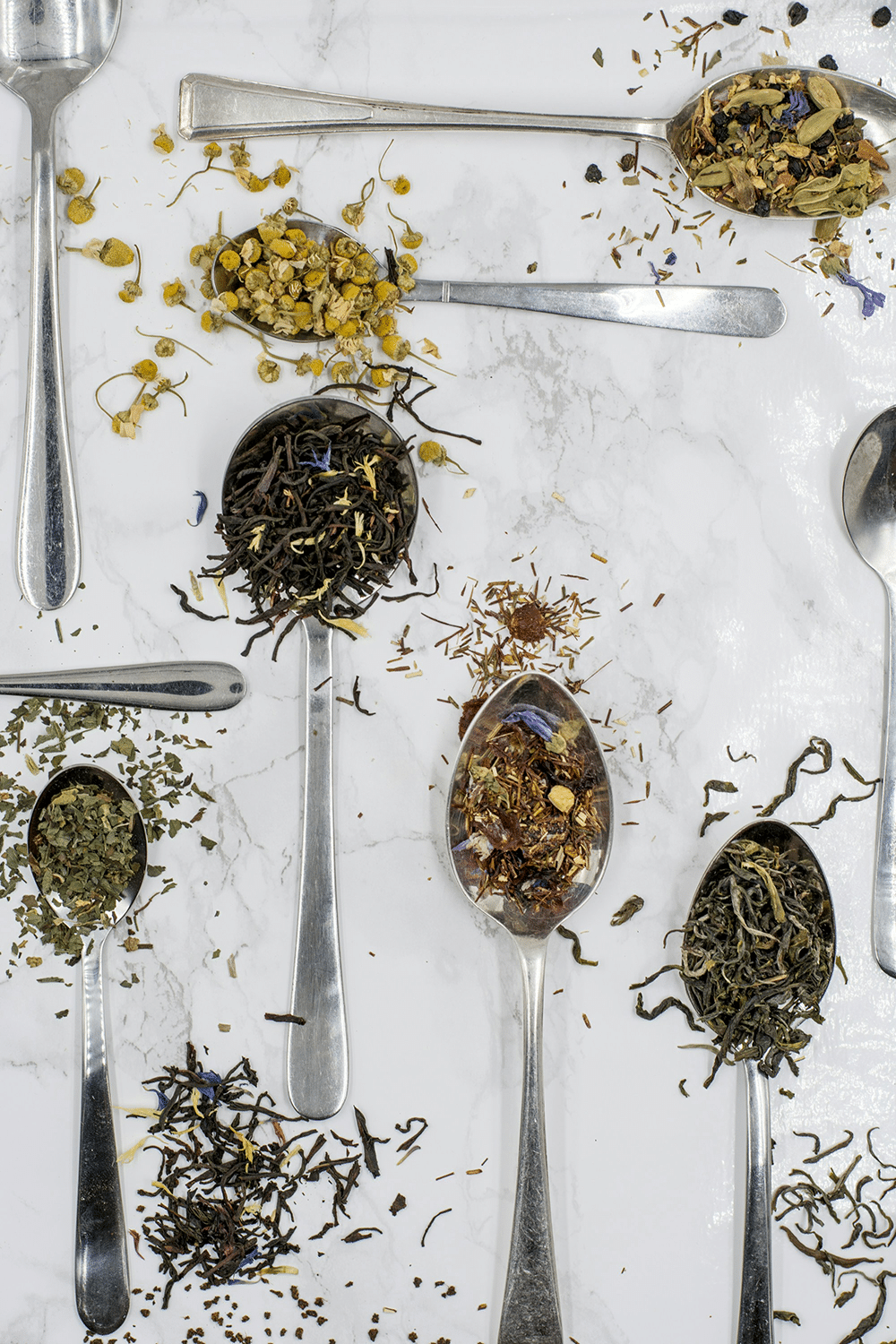
Those intimidating strings of letters – SFTGFOP, TGFOP1 – look like someone sneezed on a Scrabble board. But they tell a story.
- SFTGFOP: the “First Folio” of leaf grades. Bud-heavy, 30%+ golden tips, silky liquor.
- TGFOP1: brisk clarity; perfect for morning service when precision matters.
- OP/FP: longer leaf, lighter body. Afternoon reading companion.
- BOP/BOPF: broken pieces, strong liquor in under 2 minutes. The espresso equivalent.
- Fannings/Dust: mass catering. Quick color, no poetry.
Context That Trips Buyers Up
Grades = leaf size and cut, not absolute quality. A mediocre SFTGFOP is still mediocre. Orthodox vs CTC? Think handmade pasta vs boxed penne: both have roles, but only one impresses a guest.
Pro Moves
- Love milk? Go BOP or CTC, 3.5–4 g per 250 ml, and you’ll still taste the malt.
- Meditative afternoons? Reach for SFTGFOP, steep slowly, and refill three to five times like turning the pages of a long, patient novel.
Section Takeaway: Grade controls texture. Once the grade fits the goal, set water, grams, temperature, and time with precision.
3. Brew Like a Butler: Exact Numbers Hotels Train To
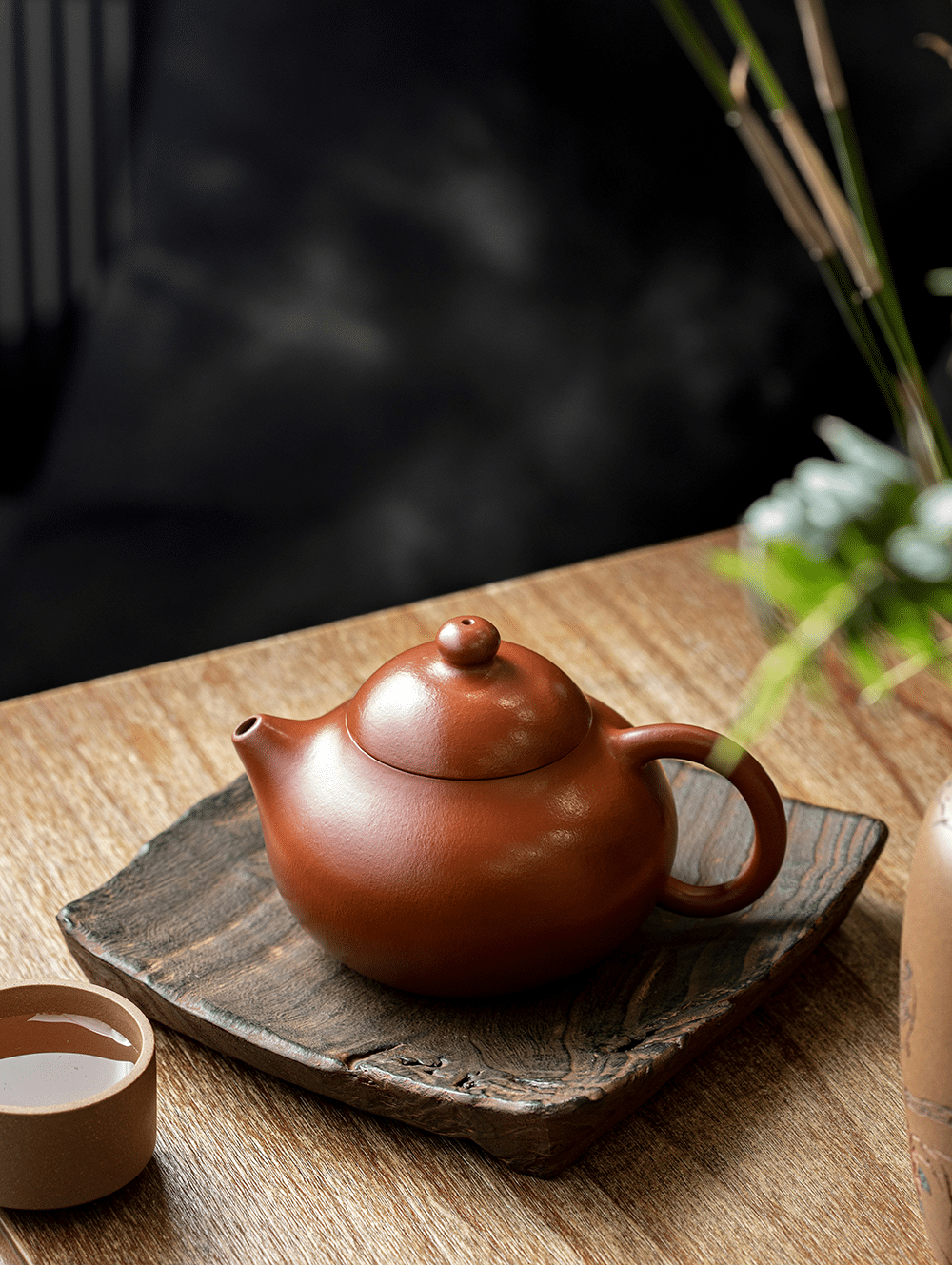
Ask yourself: when was the last time you weighed your tea leaves? If your answer is “never,” that’s like guessing flour in a soufflé.
Ratios
- 2.5–3 g per 250 ml. Use a 0.1 g scale; spoons lie like unreliable narrators.
- Teapot: 6–8 g for 500–700 ml.
- Gongfu oolong: 5–7 g for 120 ml, steeped in 20–45 s bursts.
Water
- Black: 93–96°C, 3–4 min.
- Oolong: 90–95°C, 2–3 min, multiple steeps.
- Green: 70–80°C, 90–120 s.
- White: 80–85°C, 2–3 min.
- Target TDS: 50–150 ppm, pH 6.5–7.5. Calcium ~40 ppm, magnesium ~10 ppm. Water too soft? Flavors collapse like under-proofed bread. Too hard? Bitterness spikes.
Workflow
Pre-heat vessels. Rinse oolong quickly (like stretching before a run). Start the timer when water hits leaves, not when you put the kettle down. Always decant fully – leaves left behind brew on like overcooked pasta.
Troubleshooting
Bitter? Drop the temperature by 3°C or shave 20 s. Weak? Add 0.5 g. Astringent? Switch to CTC.
Gear That Helps
Variable-temp kettle (±1°C precision), gooseneck spout, mesh basket 200–400 µm.
Section Takeaway: Numbers prevent bitterness and blandness. Dial numbers in, then elevate ritual with proper ware.
4. Service Ware That Changes Flavor: Small Moves, Big Gains
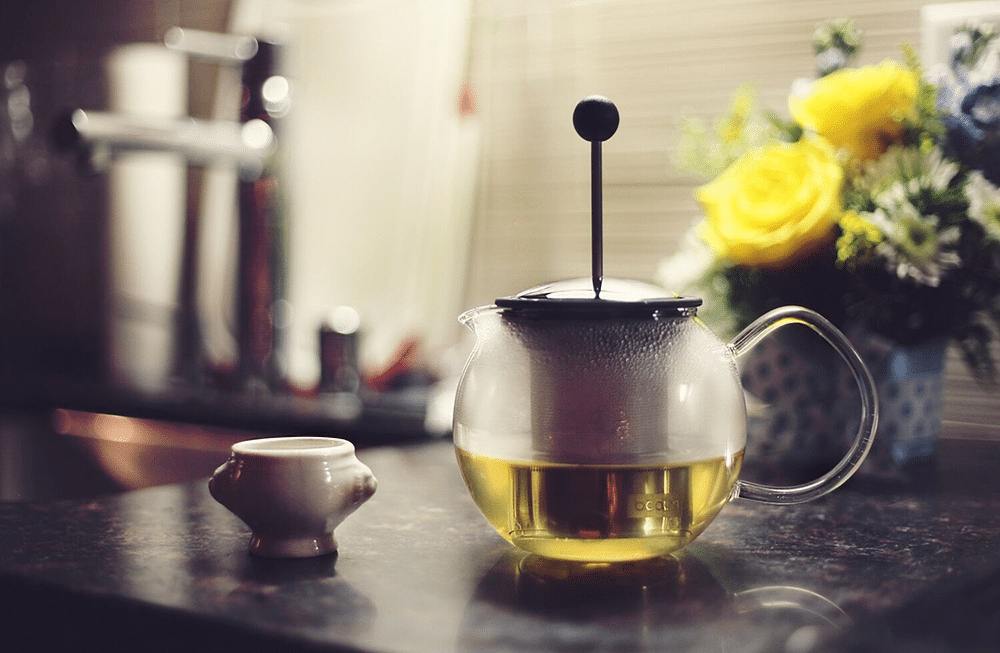
Imagine serving Château Margaux in a paper cup. The flavor’s there, but where’s the grace?
- Porcelain/glazed clay: neutral, heat steady, 8–12 min retention.
- Unglazed clay (Yixing): absorbs oils. Dedicate like you would a cast-iron pan.
- Glass: beautiful leaf theatre, but cools fast (3–5 min to lose 20°C).
- Baskets vs balls: roomy baskets ≥4 cm. Tea balls? Straightjackets.
- Cup geometry: tulip = aroma capture. Thick mugs? Aroma flattens, like muffling a violin.
Pro Moves
- Kyusu mesh 0.3–0.5 mm: perfect for sencha.
- Gaiwan walls 1.5–2 mm: fine balance of heat and control.
Section Takeaway: Vessel choices reshape aroma release. Once ware work, align selections with wellness goals without pseudoscience.
5. Wellness Without Hype: Calm Focus from Leaf Chemistry
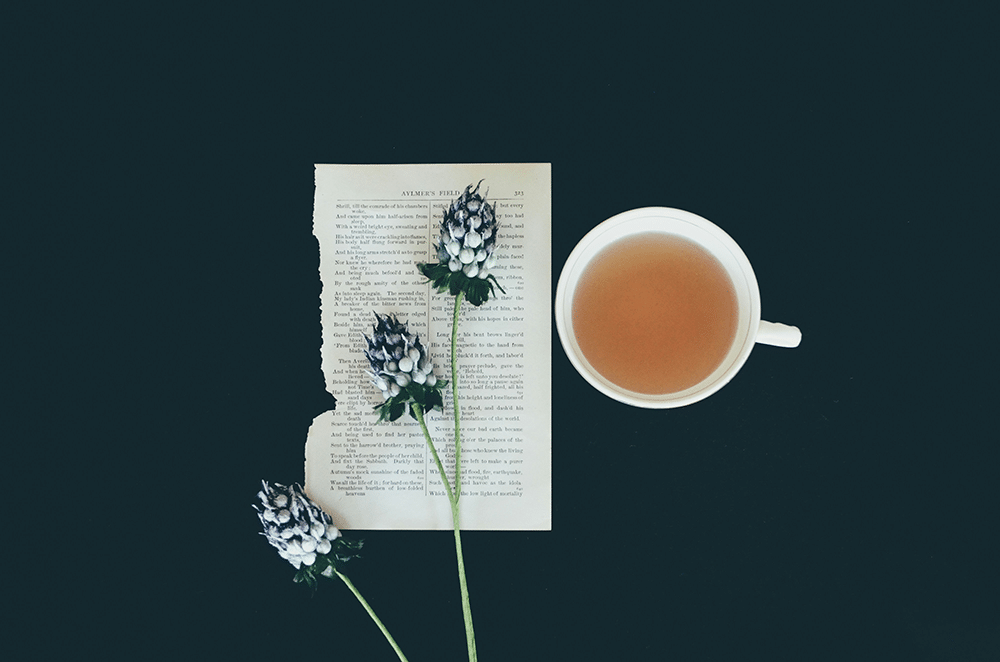
Forget the wellness clichés. Real numbers matter more than buzzwords.
- Caffeine: 20–120 mg per 250 ml. A Silver Needle can hide 60 mg in its whisper.
- Theanine: Gyokuro ~20 mg per serving, nearly double sencha. Smooths caffeine’s edge, like jazz piano softening a drumbeat.
- Polyphenols: 200–300 mg per cup; brew hotter, get more bite.
- Hydration: A liter nets ~500–600 ml hydration, minus diuretic effect.
Pro Moves
- Evening ritual? White tea, 30–40 mg caffeine, 90 s steep.
- Long-focus session? Gyokuro, 65–70°C, 120 s, theanine-heavy clarity.
Section Takeaway: Choose leaf for mood as much as taste. After mood, verify supply ethics to match personal values.
6. Credentials That Matter: Ethical Sourcing You Can Actually Check
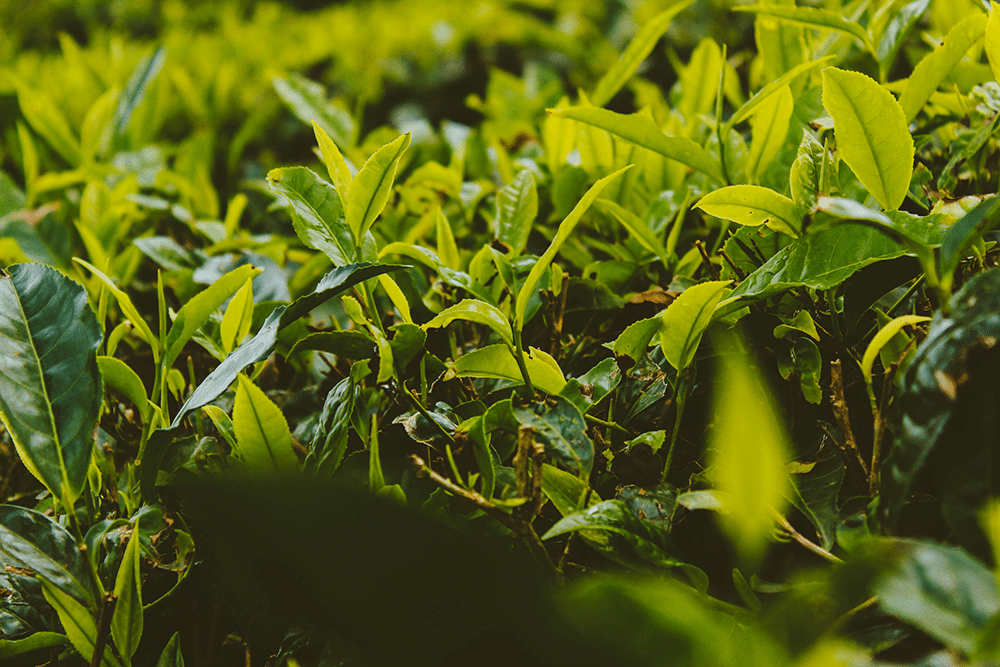
Imagine buying a “single malt” that doesn’t name the distillery. Would you trust it? Same with tea.
- Direct trade: garden, altitude, farmer names. Even better: community metrics (e.g., “150 students enrolled” in funded schools).
- Certs: Organic, RA, Fairtrade; pesticide residue <0>source).
- Scented teas: bergamot at 0.3–0.6% w/w, jasmine scented by 6–9 blossom cycles, not sprayed like cheap perfume.
Pro Moves
- Request microbial and moisture data (<4%>
- Look for storage advice with numbers: 15–20°C, <60% humidity>
Section Takeaway: Real transparency beats vague badges. With ethics aligned, build a home lineup that mirrors a lounge trolley.
7. Numbers at a Glance: Brew Cheat Card
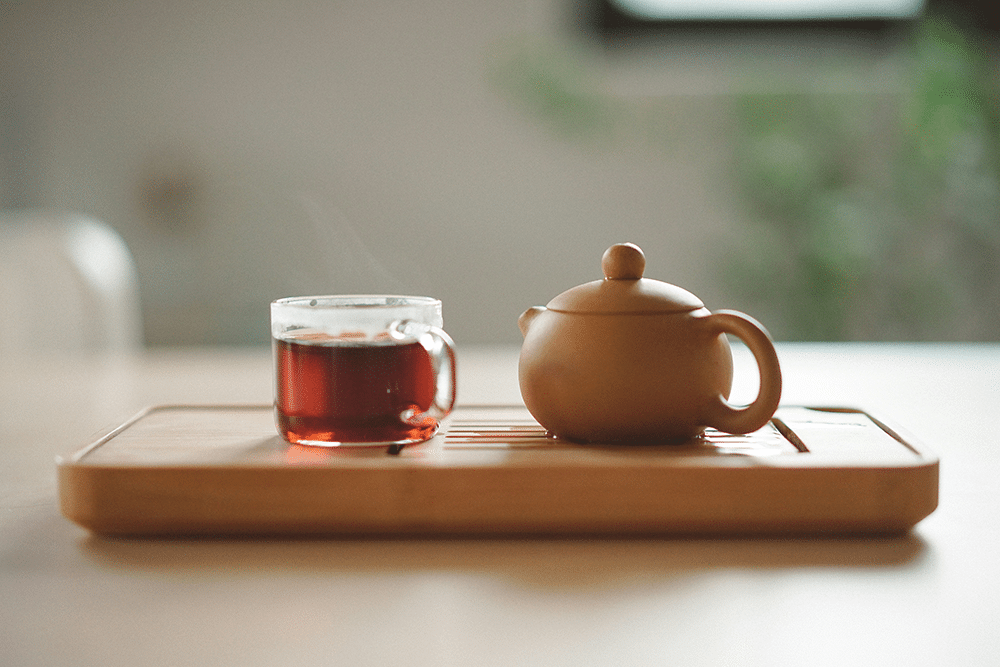
- Ratio: 2.5–3 g per 250 ml (10–12 g per liter)
- Black: 93–96°C, 3–4 min, 60–90 mg caffeine
- Oolong: 90–95°C, 2–3 min, multi-steep
- Green: 70–80°C, 90–120 s
- White: 80–85°C, 2–3 min
- Water: TDS 50–150 ppm, pH 6.5–7.5
Section Takeaway: Tape this near the kettle. Refine with your notes to personalize every cup.
Great tea isn’t about luck. It’s about knowing what matters and using it every time. Follow these steps, choose carefully, and brew with precision. Do this, and every cup at home can feel like five-star service.
More Tips to Grow Your Business
Revfine.com is the leading knowledge platform for the hospitality and travel industry. Professionals use our insights, strategies, and actionable tips to get inspired, optimize revenue, innovate processes, and improve customer experience.
Explore expert advice on management, marketing, revenue management, operations, software, and technology in our dedicated Hotel, Hospitality, and Travel & Tourism categories.


